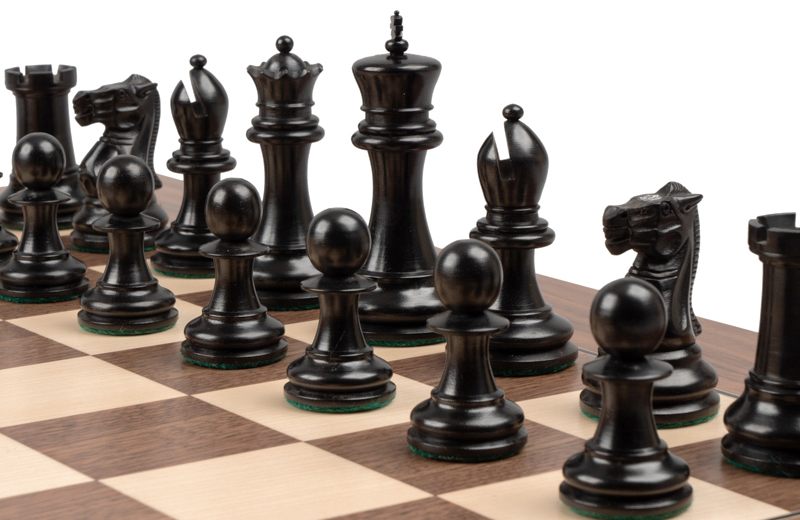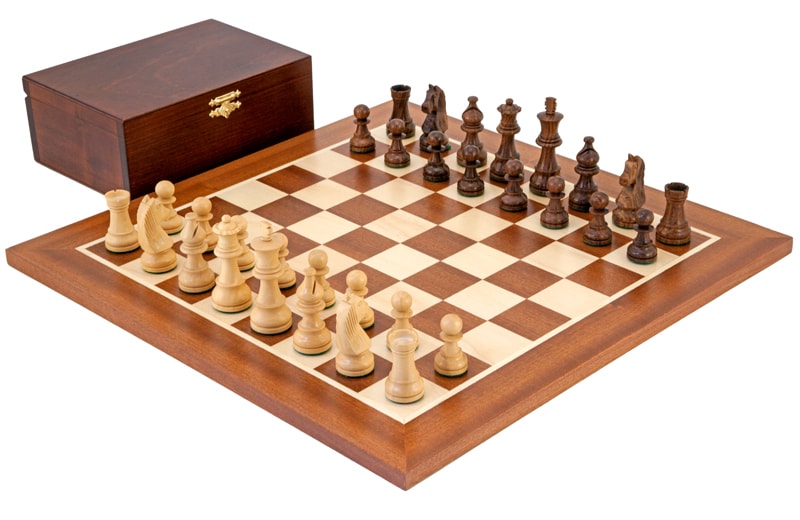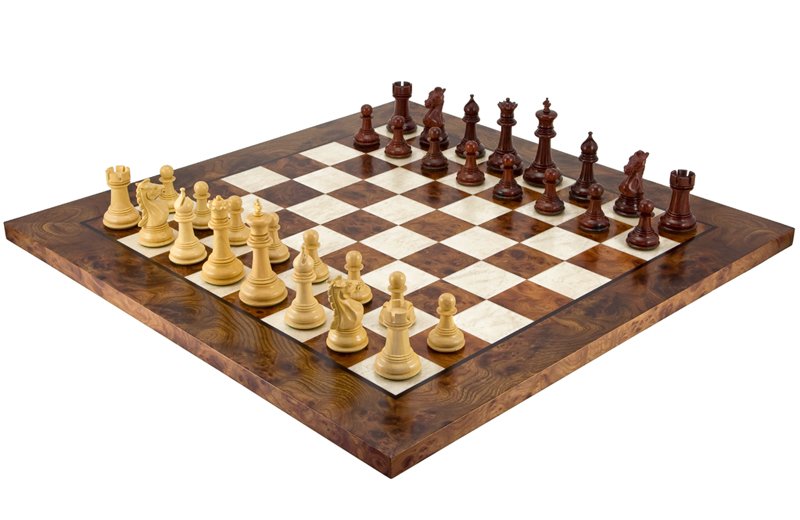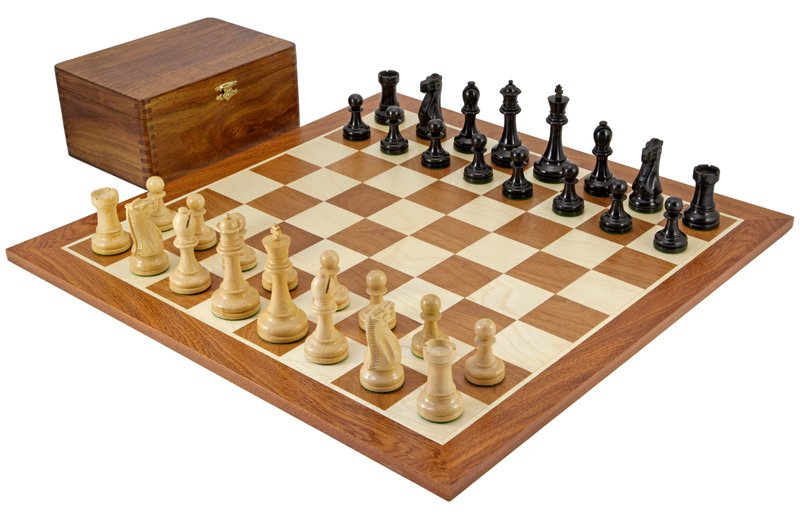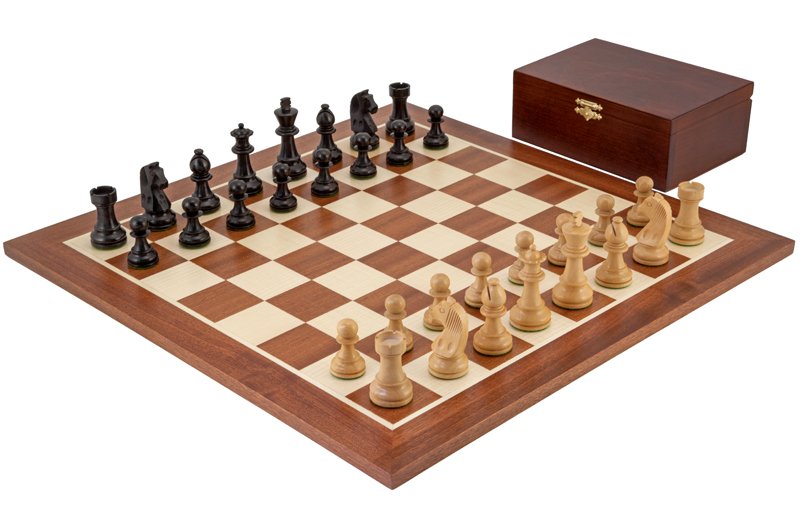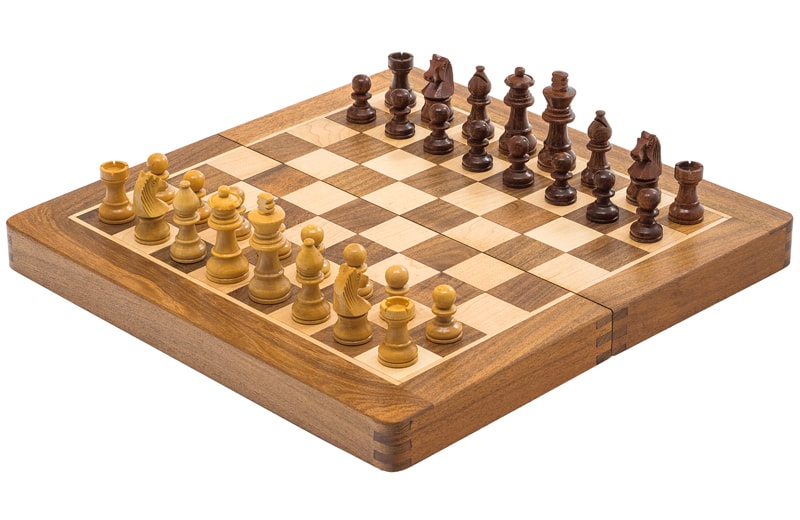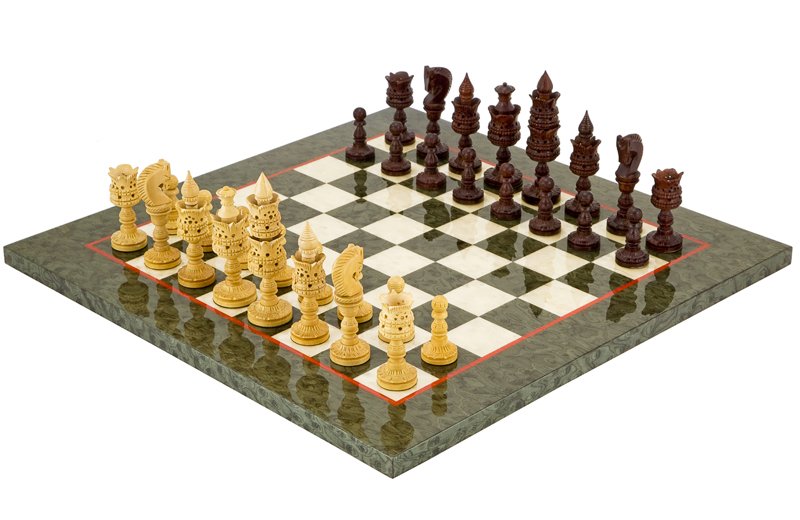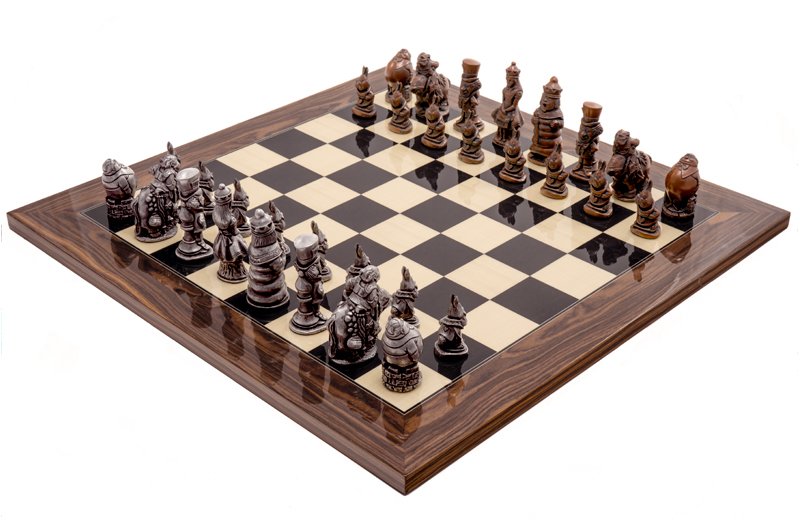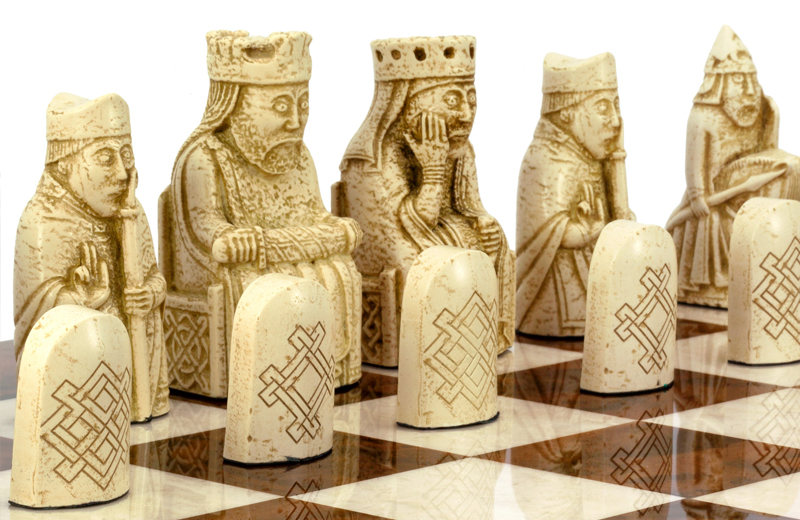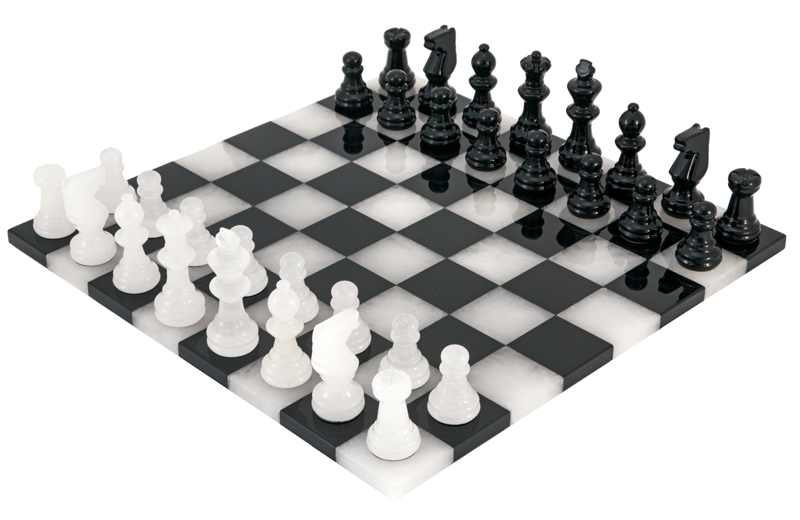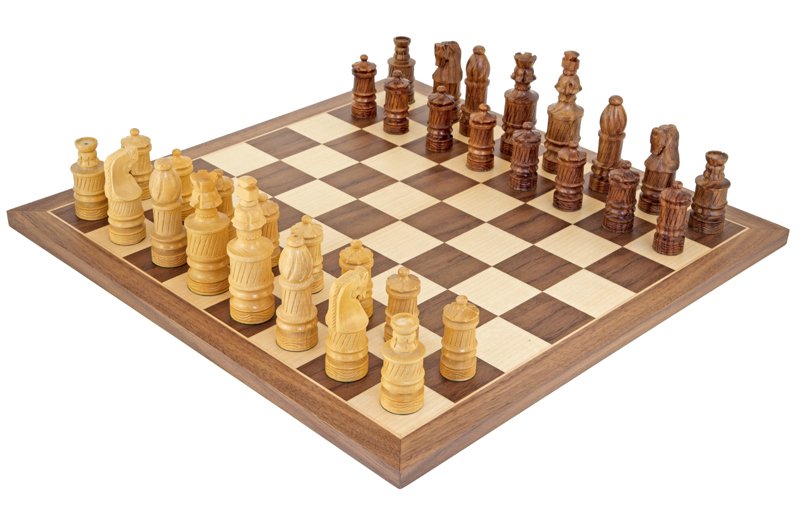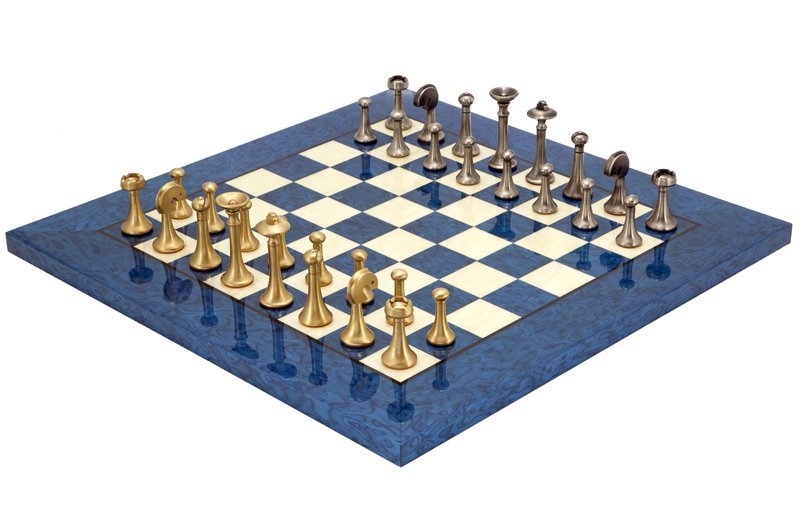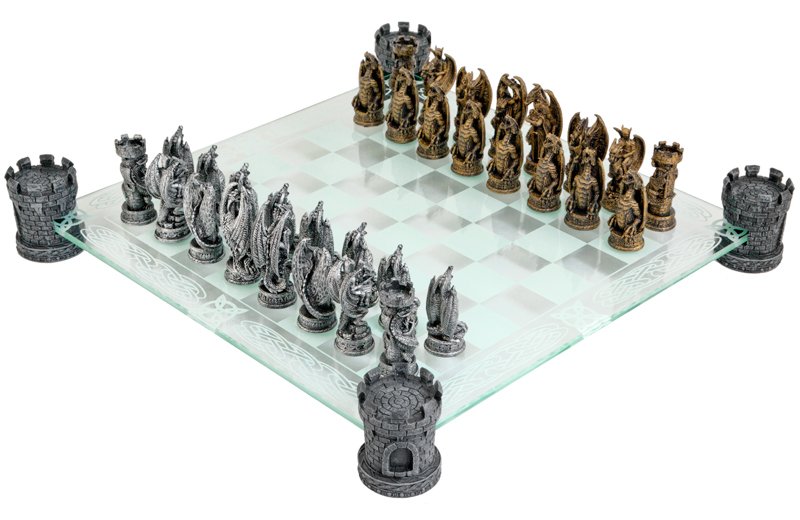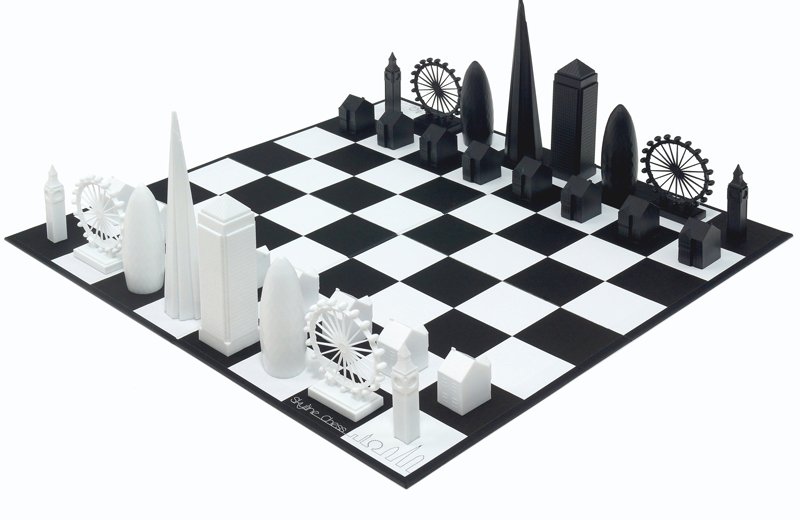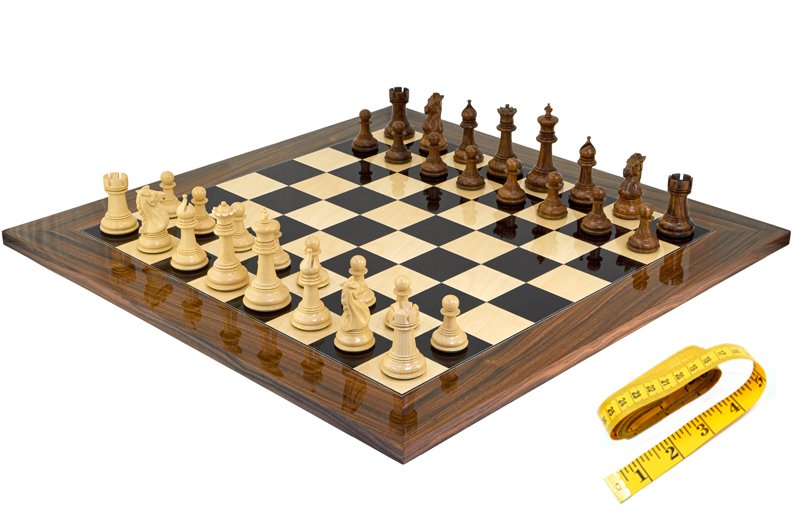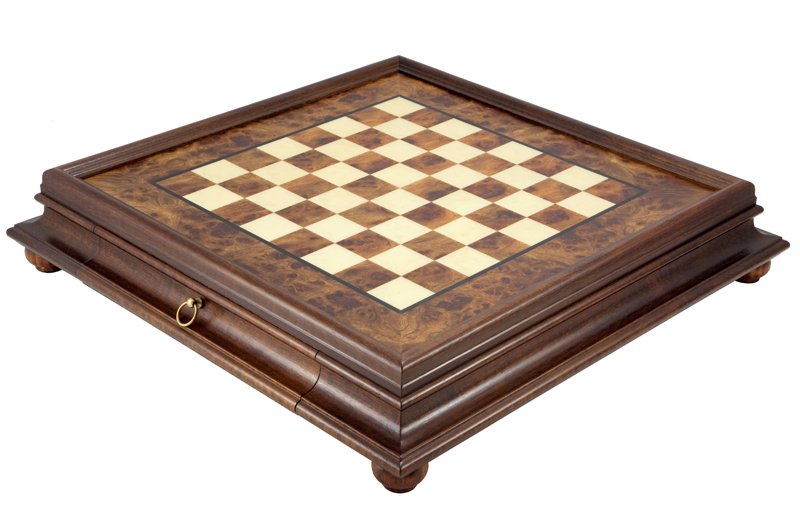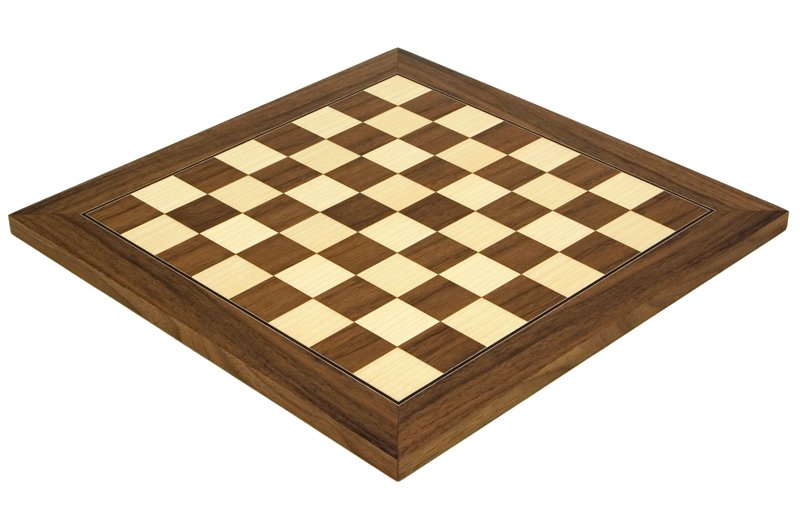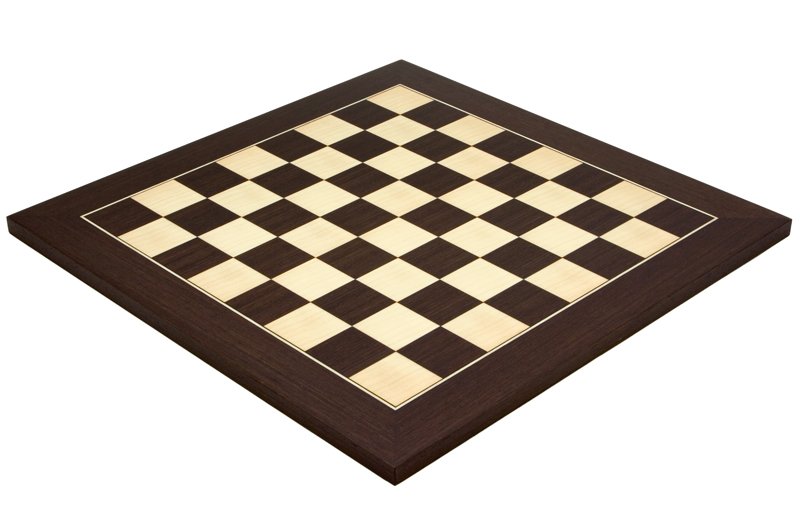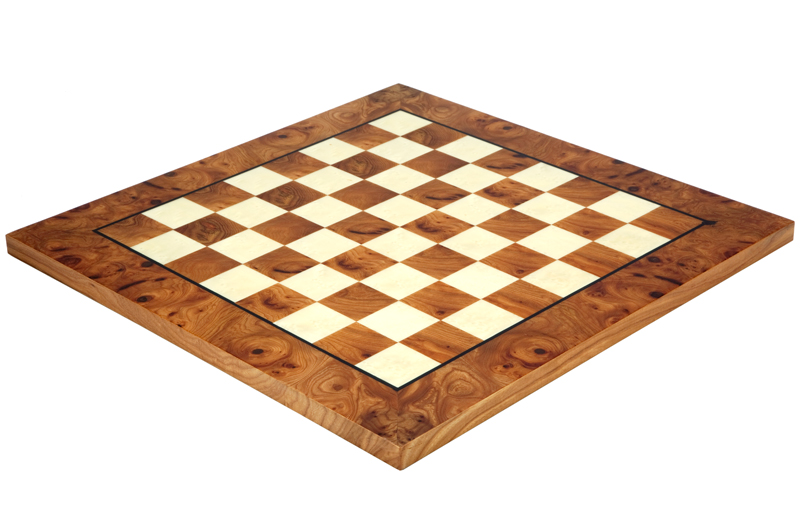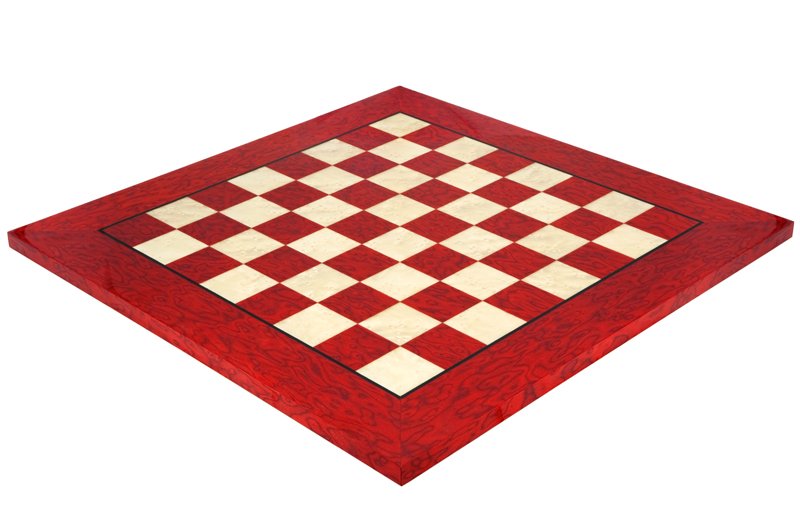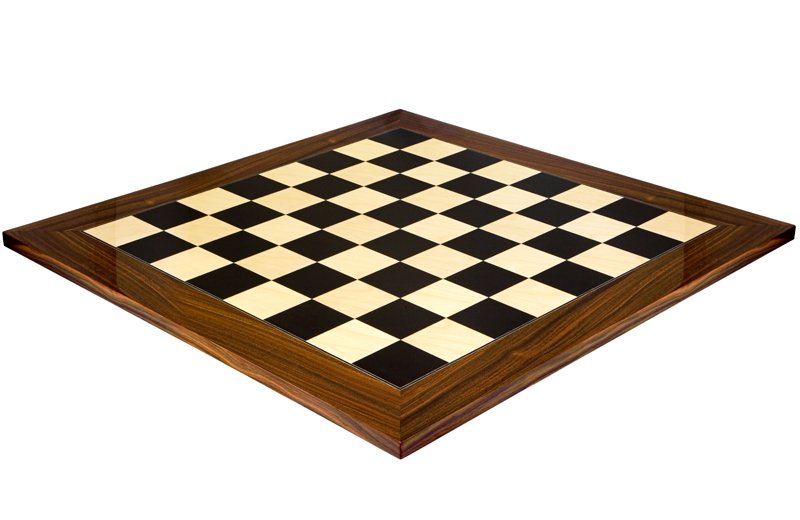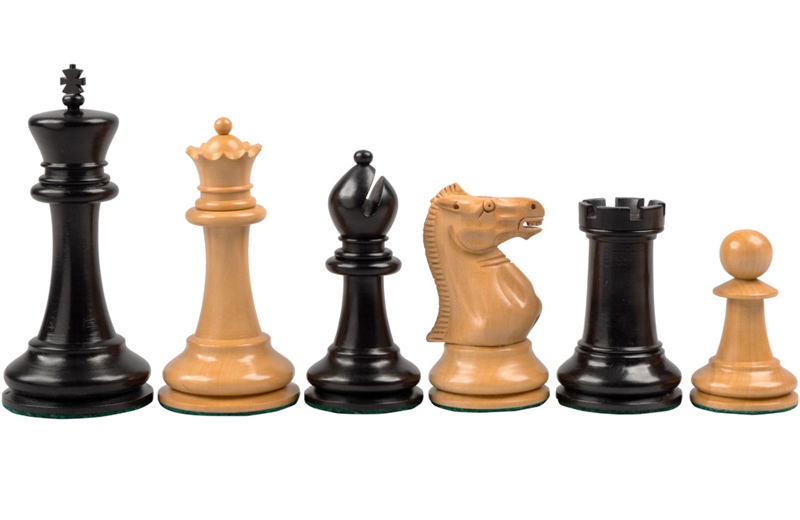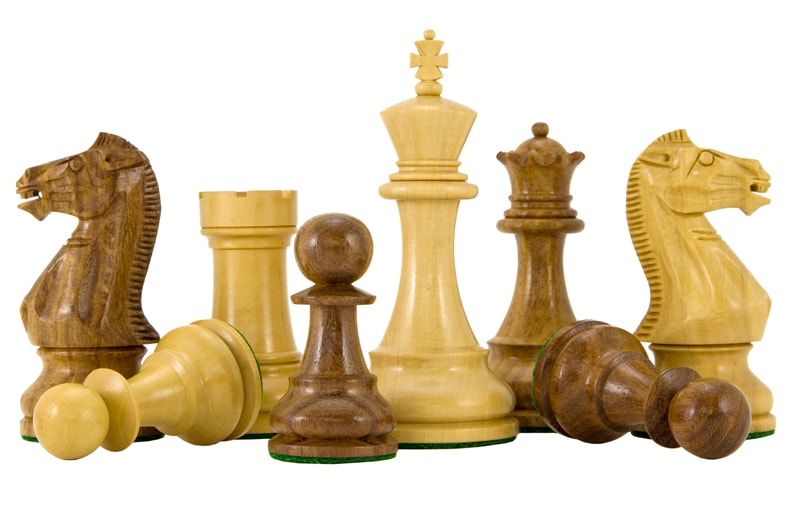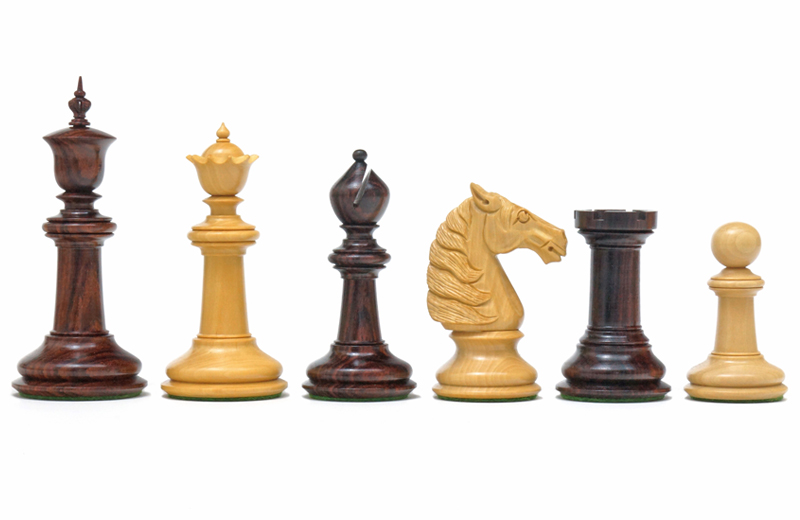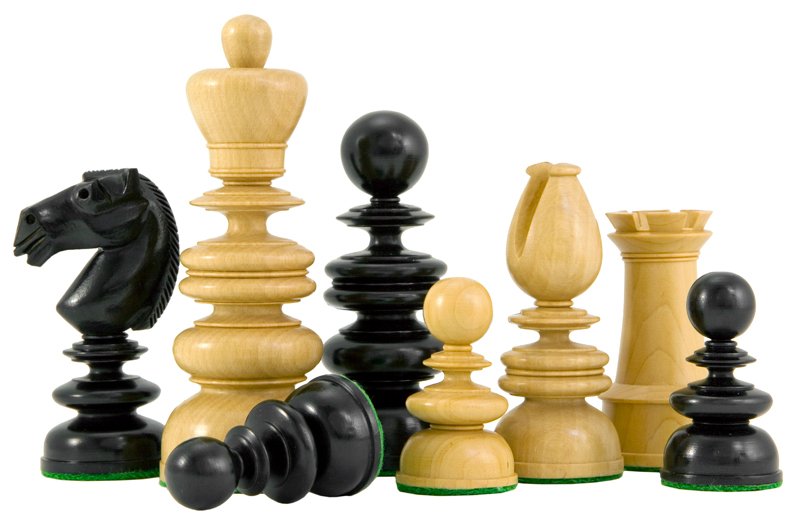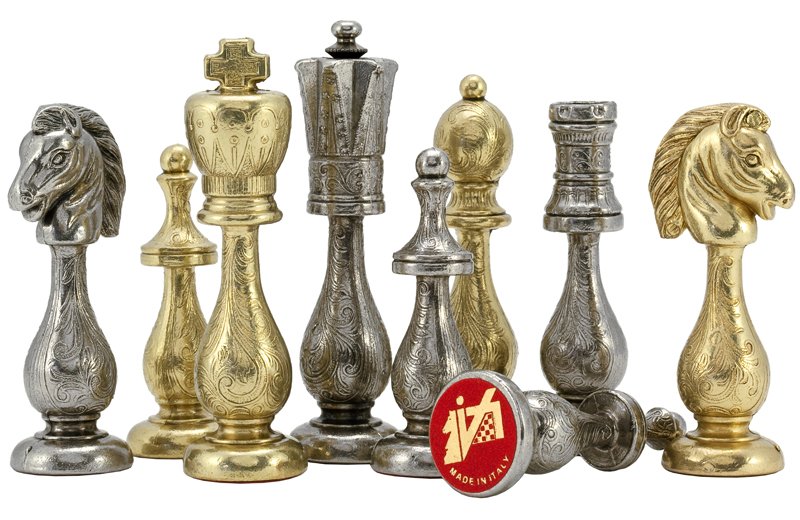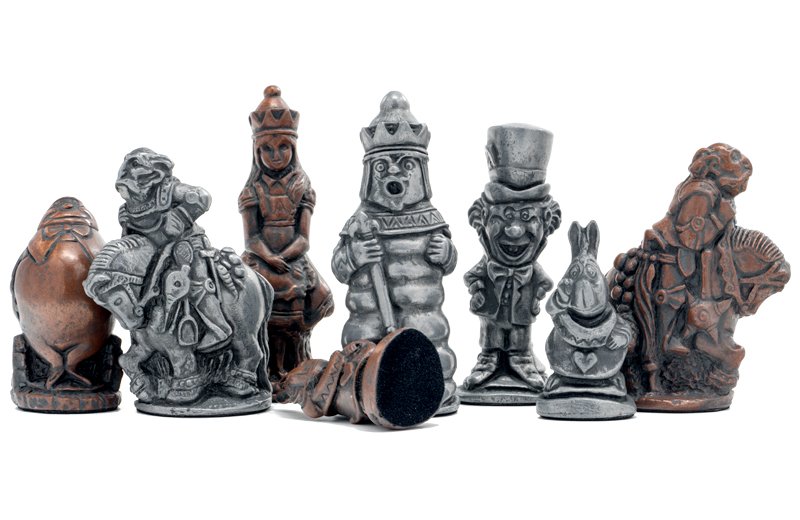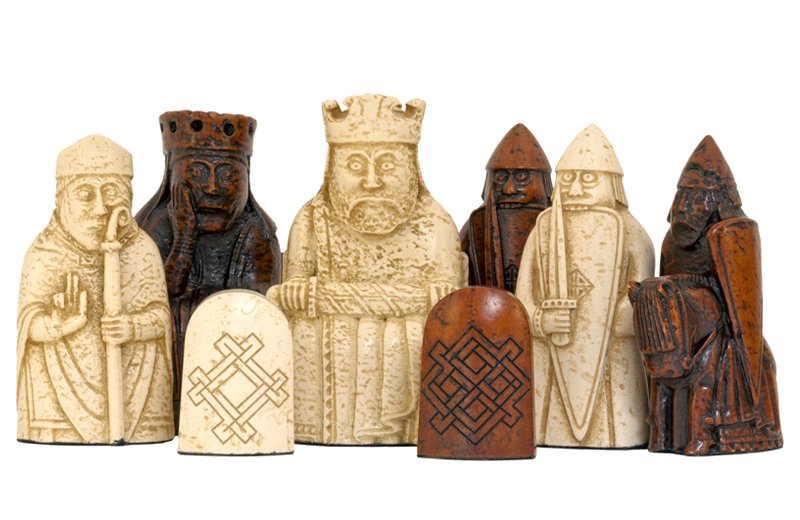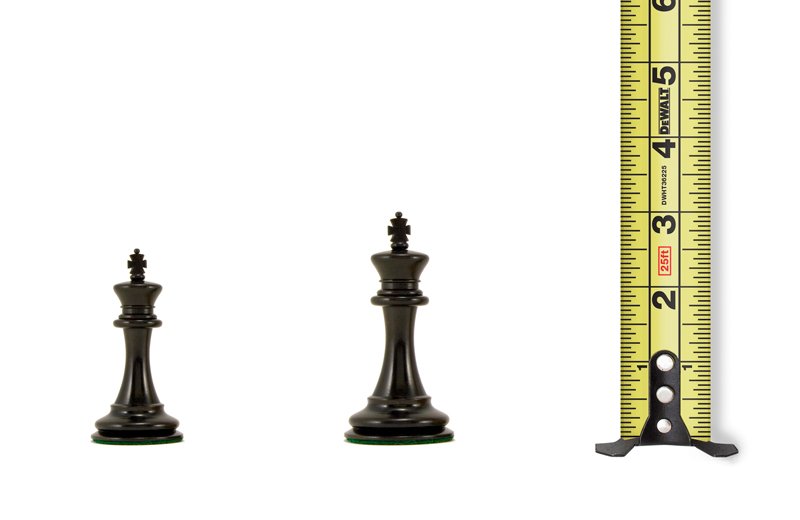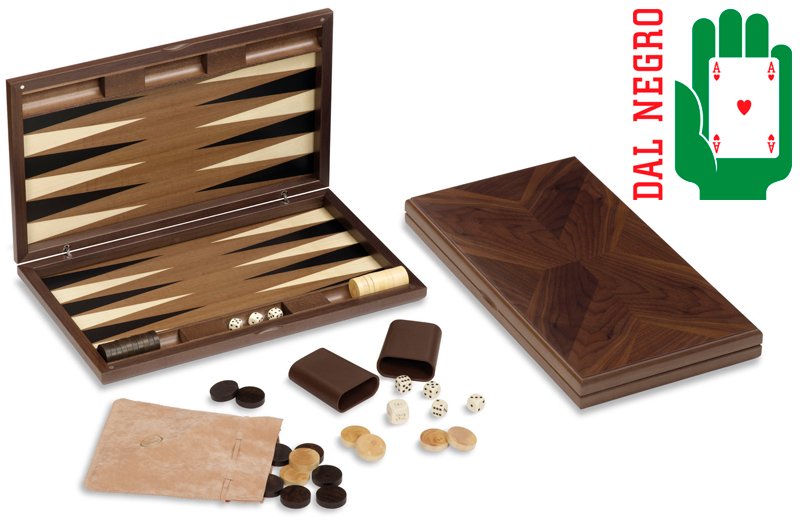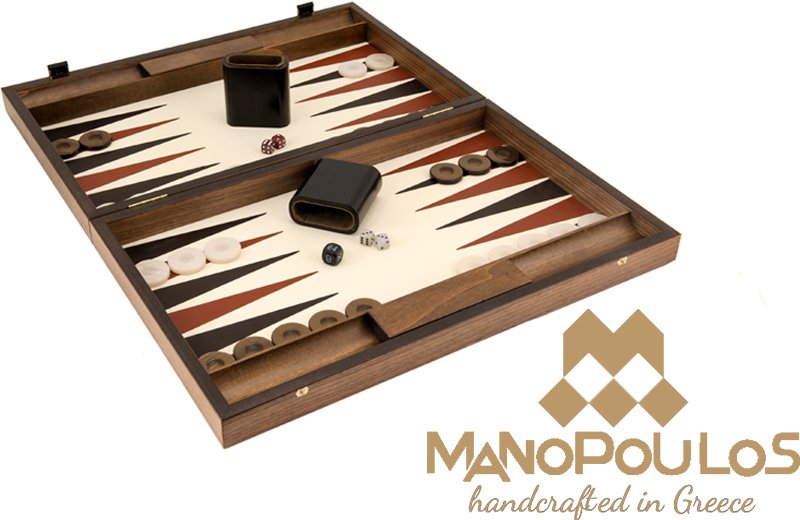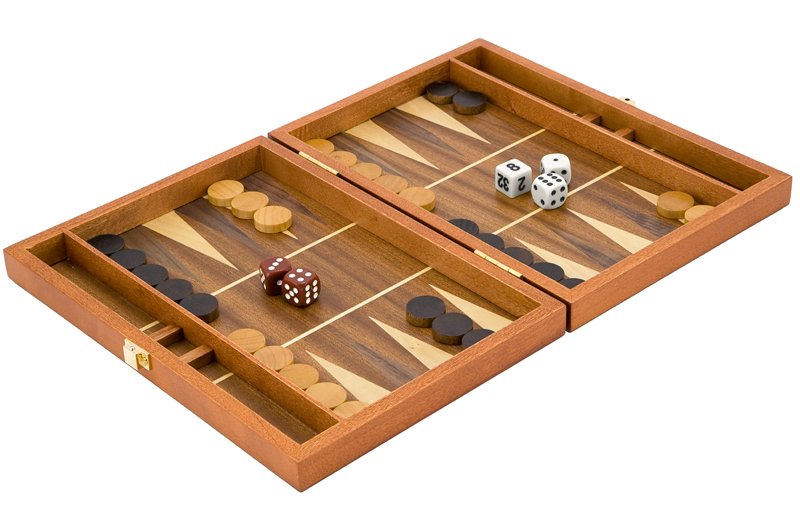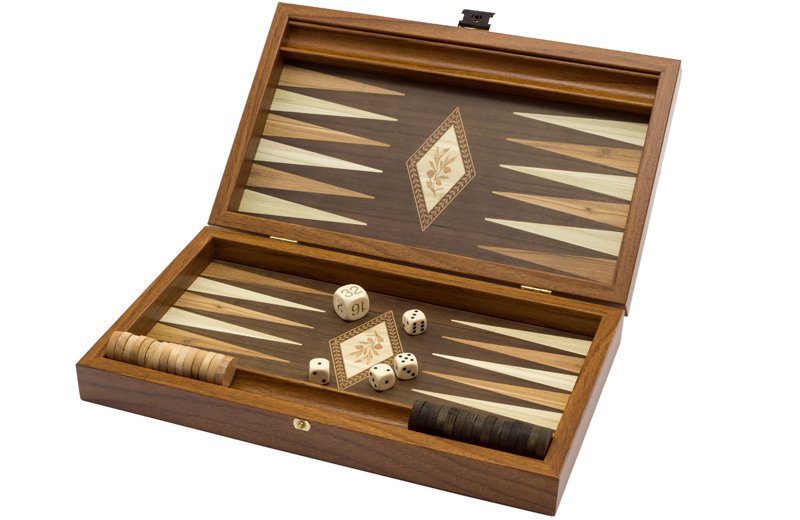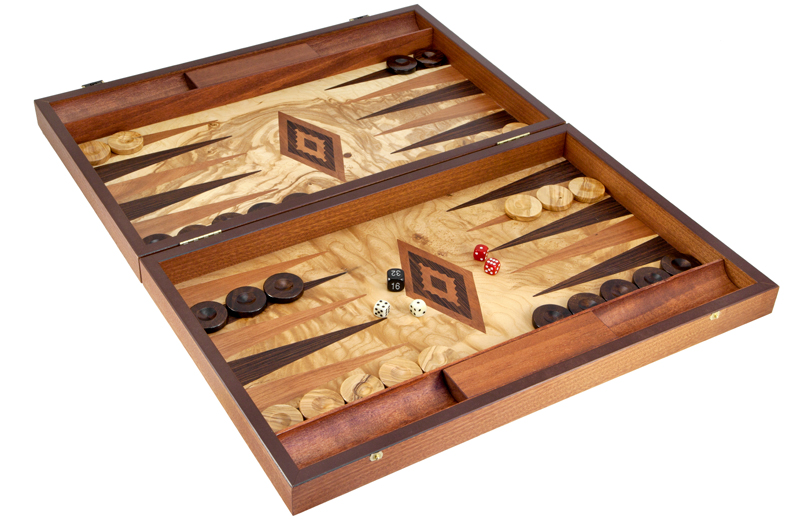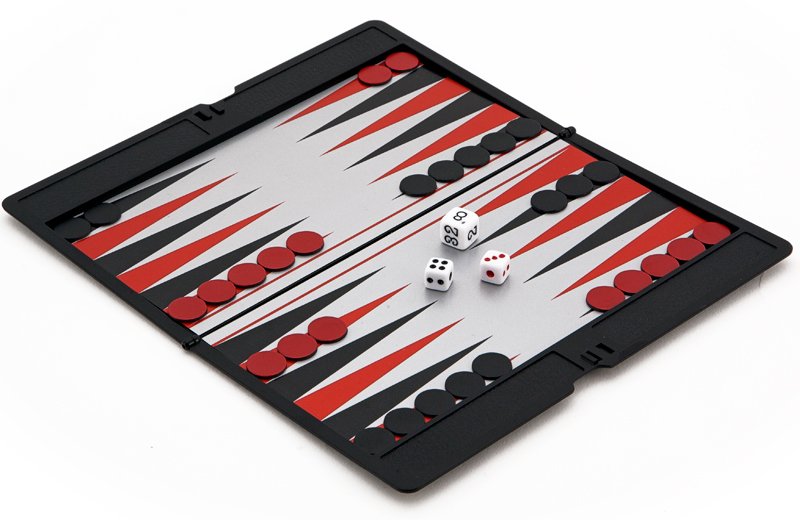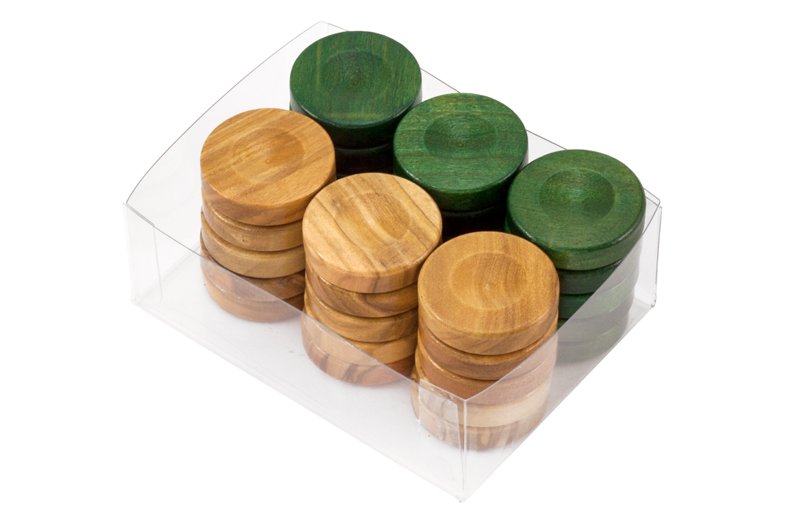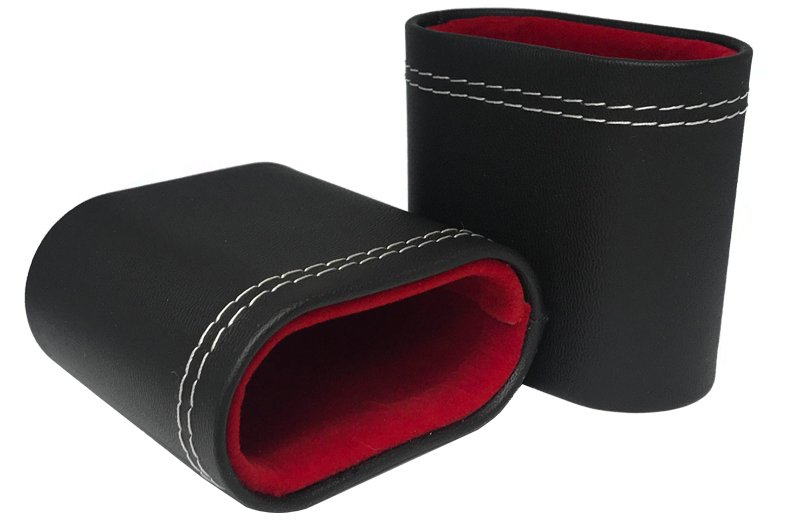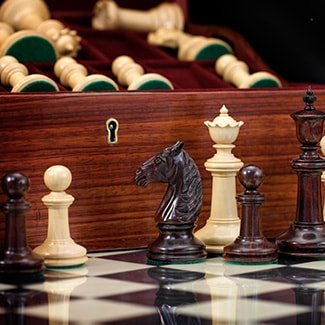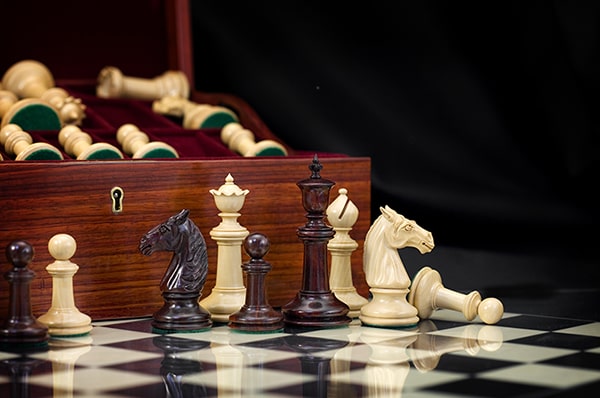Hnefatafl, translated as ‘King's table' and more easily understood as the ‘Viking Game' among English, and generally most non-Scandinavian languages, is a game whose history is dotted around the Dark Ages in Europe. Spread throughout the continent by the Vikings as they conquered swathes of Europe, it evolved into as many versions as places it reached, with contemporary knowledge derived as much from conjecture as historical record. It declined in the eleventh century as the growth of chess swept many historical games before it, but the Viking board game Hnefatafl has enjoyed a small revival with the globalisation of technology a millennium later.
Setup
The board is vertically, horizontally, and rotationally symmetric, as a square grid of 121 squares, 41 of them marked. Three designs exist:
- 24 offensive squares, six along each border, on each of which lies a black piece;
- 12 defensive squares, on each of which lies a white piece, around the centre square;
- 5 king's squares distributed in each corner and the centre, on which lies the white king.

The object of the game, however, is asymmetric: the black pieces seek to capture the king, who must journey uncaptured from the centre king's square to a corner.
Gameplay
The game opens with a black piece moving. Each piece moves in the same manner: any number of squares horizontally or vertically, up to any piece that blocks its path, except onto any of the king's squares. It is in this sense analogous to the rook in chess, whereby it can move to any unoccupied (non-king's) square along a path of unoccupied squares.
Pieces may be captured and removed from the game by opposite pieces in a variety of ways:
- any piece except the king may be captured in two ways:
- by an opponent piece moving to sandwich the piece between itself and a second opponent piece, one on each of two immediately adjacent, opposite squares;
- by an opponent piece moving to sandwich the piece between itself and a corner square, in the same way as if the square were occupied by a second opponent piece;
- the king may be captured in two ways:
- by being surrounded on four adjacent sides by black pieces;
- by being surrounded on three adjacent sides by black pieces, and the central square on the fourth.
Note that a piece may only capture another by facilitating one of the above positions: a piece will not be captured by itself moving into a sandwiched or surrounded position. Further, the king has the privilege of capturing in the usual way, while only being open to capture himself in the more difficult surrounding way.
Progression
The simply understood format allows for any number of strategies and gameplay evolutions on each side. With very different starting conditions and objectives for the two players, it is worthwhile to alternate positions in successive games, with the winner decided after a number of games in each arrangement.




